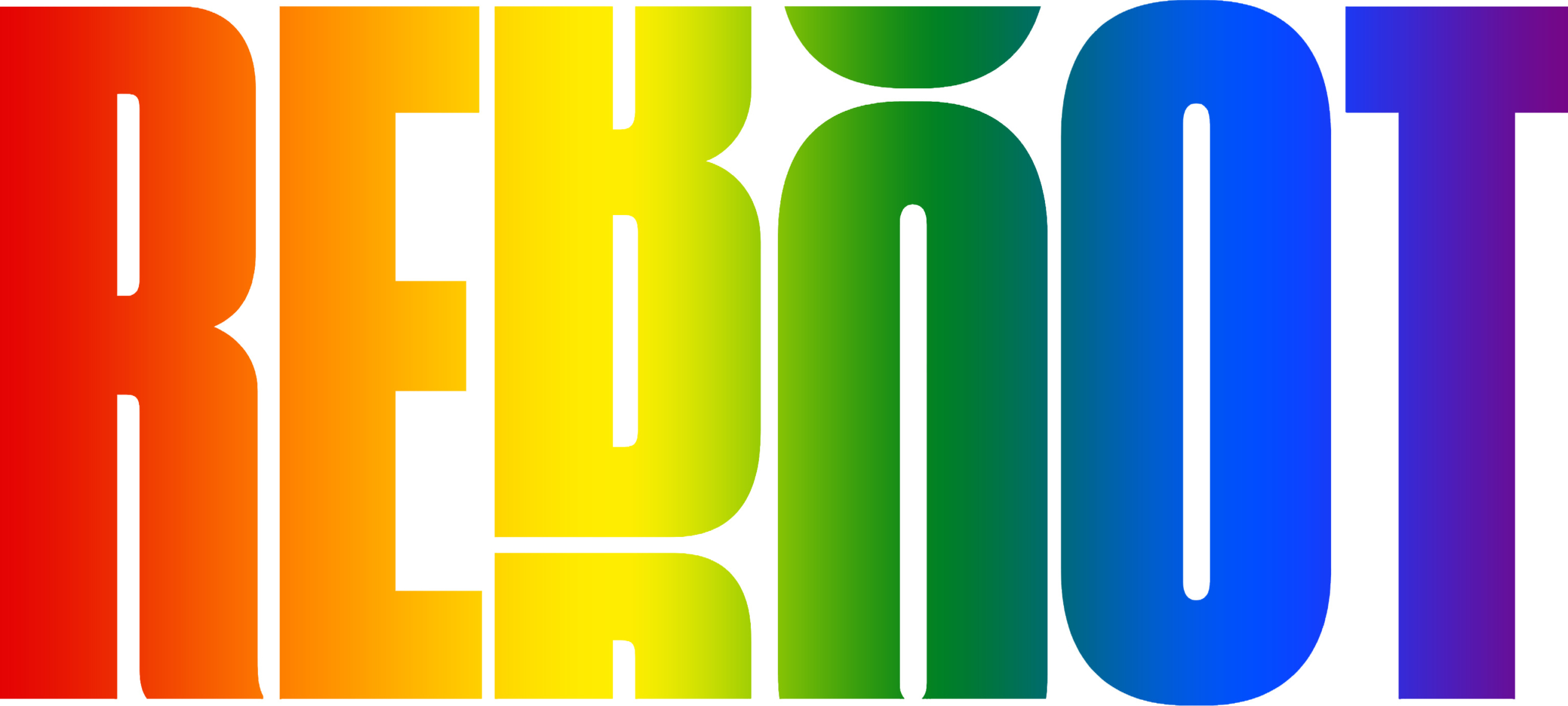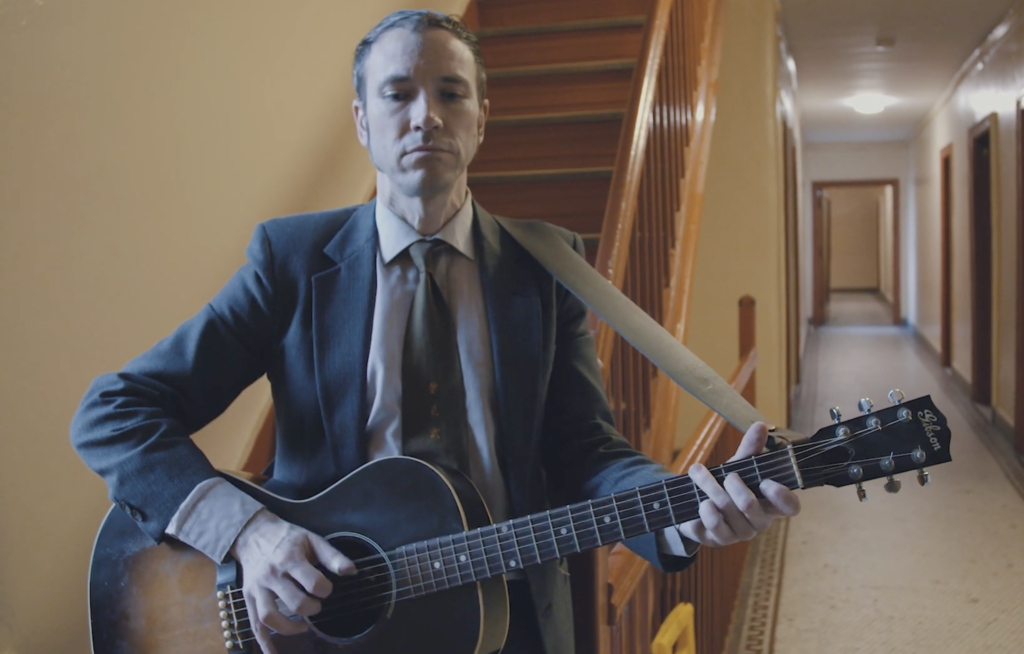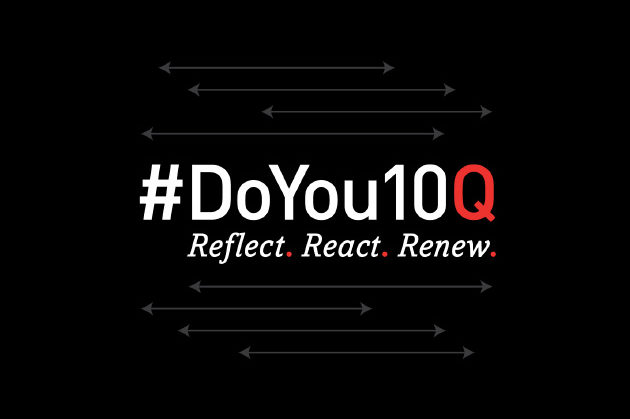Hidden Melodies Return

When I was a kid, my grandfather Cantor Jacob Konigsberg would disappear for three months each year. We knew where he was, but no one was allowed to see him except my grandmother. He went into what he called “hibernation,” a state of restless anticipation, anxiety about his vocal health and intense spiritual preparation for the High Holidays.
As a musician who has melded elements of cantorial music with my musical strengths as a composer, blues guitarist and rock musician, I am reminded of my grandfather’s focus and achievement as I prepare for my own performances this month for The Friday Night Jam & FANS.live music High Holidays services.
My grandfather was a cantor of the old school. Born in Cleveland in 1921, and enculturated in the Yiddish American immigrant milieu, he modeled his performance style on the stars of the gramophone era. His idols, Mordechai Hershman, Pierre Pinchik, Zawel Kwartin, among others, were singers who combined the physicality of opera performance with intimate knowledge of Jewish folklore and synagogue composers. His music was physically demanding, requiring strength and stamina in addition to a mental focus that allowed him to translate prayer texts and melodies into a living force that would channel the inner lives of his listeners. The demands of his work as a cantor, as he understood it, were almost too great for him to stand. His conception of what he was supposed to achieve while davening on Rosh Hashanah and Yom Kippur was almost superhuman – it drove him nearly to madness. Hence his long absence from society each year.
As an aspiring young musician I wanted to emulate my grandfather. I started a project that took elements of khazones (cantorial art music) and attempted to translate it into a style that would fit with my musical strengths as a composer, blues guitarist and rock musician. I started a band called The Sway Machinery, a title that was supposed to conjure the image of a body at prayer, driven by forces both human and simultaneously beyond the control of individual will. The conceit of the project was that I could take the sounds of old cantors and harness them to the ethos of hedonistic social music, invoking both the sacred and the profane in service of creating new kinds of experiences and communities that would benefit from the power and meaning of ritual and heritage.
The Sway Machinery’s breakthrough performance project and first album was called Hidden Melodies Revealed. We debuted the project at the Angel Orensanz Foundation on the Lower East Side on the first night of Rosh Hashanah to a packed hall. On a formal level, the event pushed past the normative concert or ritual style, combining music with storytelling and animated film. The goal was to create a heightened atmosphere that would express what I felt about cantorial music and how the music worked on me in a manner that would be understandable to audiences that know little about Yiddish expressive culture and the world of khazones. I wanted to make something that would speak to listeners about the drama and fearsome focus of cantorial performance, and that would gesture towards the role of cantors as bearers of memory and communal feeling. The music for this special event became the basis for the work I do for Because Jewish as their music director and High Holiday prayer leader and continues to reverberate in all of my work as a musician and a scholar and author.
That first performance of Hidden Melodies Revealed was 15 years ago. Many experiences later, a lifetime of challenges and successes, watching my sons grow into teenagers, lots of heartache, isolation and joy…I am still driven to create something that will communicate my sense of urgency about the sonic world of khazones. For the 15th anniversary of Hidden Melodies Revealed, The Sway Machinery is reconvening and presenting the concert/event again on the first night of Rosh Hashanah, held at Brooklyn Bowl as part of a suite of High Holiday offerings. The music is still pulsing and changing, adapting in the hands of new musical partners and guest artists. Once again, I am revisiting my grandfather’s musical world of the spirit, restless and eager to sing to you…
For the 11th year, The Friday Night Jam & FANS.live announced a series of spiritually and musically inclined High Holidays services. All four of the services will be broadcast live for free via Fans.live and will be led by Rabbi Daniel Brenner and musical director and Reboot Network member Jeremiah Lockwood, featuring Antibalas’ Jordan McLean, Yuli Beeri, saxophonist Stuart Bogie and a full live band. The livestreamed shows will take place at Williamsburg’s Brooklyn Bowl (where there will be a select number of tickets for sale) and Relix Studios.
Sun, SEPT 25 @ 7:30PM EST from Brooklyn Bowl
Tickets & stream live via Fans.live
MON, SEP 26 @ 10AM EST from Brooklyn Bowl
Tickets & stream live via Fans.live
TUE, Oct. 4 @ 7PM from The Relix Studio (stream live via Fans.live)
WED, Oct 5 @ 10AM from The Relix Studio (stream live via Fans.live)
Jeremiah Lockwood is a scholar and a storyteller; a singer, guitarist and composer with an expansive knowledge of musical traditions and techniques that stretch from The Piedmont blues to the cantorial traditions of his family. He is currently a Fellow at the Yale Institute of Sacred Music. Lockwood’s music career began with over a decade of apprenticeship to the legendary Piedmont Blues musician Carolina Slim, playing in the subways of New York City. He also trained under his grandfather Cantor Jacob Konigsberg and performed in his choir. Jeremiah’s band The Sway Machinery seeks inspiration from diverse realms of experience related to the cultural geography of New York City. The Sway Machinery has played around the world, including stints at legendary music festivals like Montreal Jazz, Roskilde, and perhaps most notably, Festival au Desert in Timbuktu, Mali.




